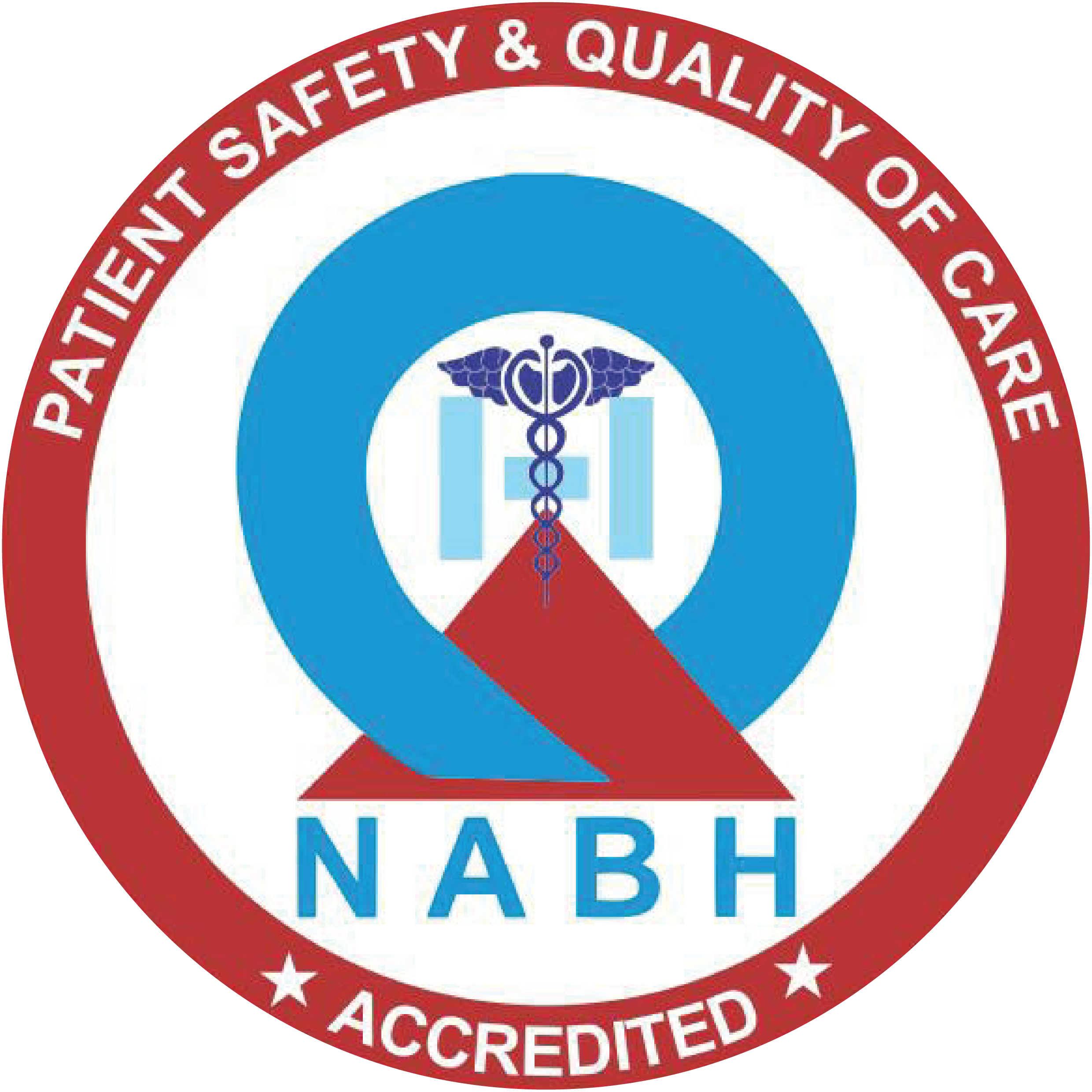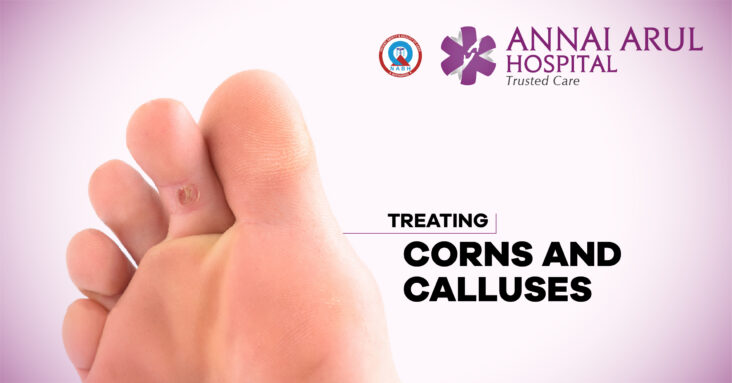TREATING CORNS AND CALLUSES
Constant friction and pressure can damage the skin on your limbs. Corns and calluses are thick, hardened layers of skin that develop to protect your skin against the friction and pressure. They either develop on the feet and toes or hands and fingers.
Though they are unsightly, you need to go for treatment only if the corns and calluses cause any sort of pain and discomfort. In some people simply avoiding the cause of friction and pressure will return the skin to normal. If a person has diabetes, then the causes of low blood flow to your feet can lead to complications. People with such problems should consult their doctor before self-medication.
What are the symptoms?
Symptoms of corns and calluses include development of a thick, rough area on the skin, a hardened raised bump, flaky, dry or waxy skin and tenderness in the area.
Difference between corns and calluses
Corns: Corns are small skin hardenings with a centre surrounded by inflamed skin. Corn can also develop in parts of the feet that don’t bear any weight. They can occur on tops, sides and between the toes. Corns get painful when pressed.
Calluses: Calluses are not generally painful and develop in the soles of your feet. Calluses are seen especially under the heels or balls or on your palms and knees. They vary in size and shape and often larger than corns.
Causes for corns and calluses
There are several reasons for the occurrence of corns and calluses. Wearing ill-fitting shoe cn compress areas of the feet. When footwear is loose, the foot may repeatedly slide and rub against the shoe; the foot may also rub against a seam or stitch inside the shoe. Wearing shoes or sandals without socks can also cause friction of the feet.
Calluses occur when you play musical instruments or when you repeatedly use hand tools. Risk factor also includes foot deformities like hammer toes and certain bone spurs.
How to prevent corns and calluses
Take care to wear shoes that give plenty of room for your toes to wiggle about and confirm that your toes do not rub or pinch inside the shoe. Use protective coverings or pads in your footwear. It is also best to use padded gloves when using hand tools or cover your hands with tape to prevent it repeatedly have friction with the tool or instrument.
==========================================================================


